Animals with Incredible Regeneration Abilities
Losing a limb or an organ is life-altering for most creatures, but not for all. Some animals have evolved regeneration skills that go far beyond healing scrapes or broken bones. These species can regrow missing body parts, replace entire organs, and in rare cases, even reconstruct parts of their brains. Studying them is fascinating, but what’s more interesting is that it’s reshaping what scientists understand about healing and biological repair.
Here’s a closer look at the animals that truly regenerate what others can’t.
Axolotl
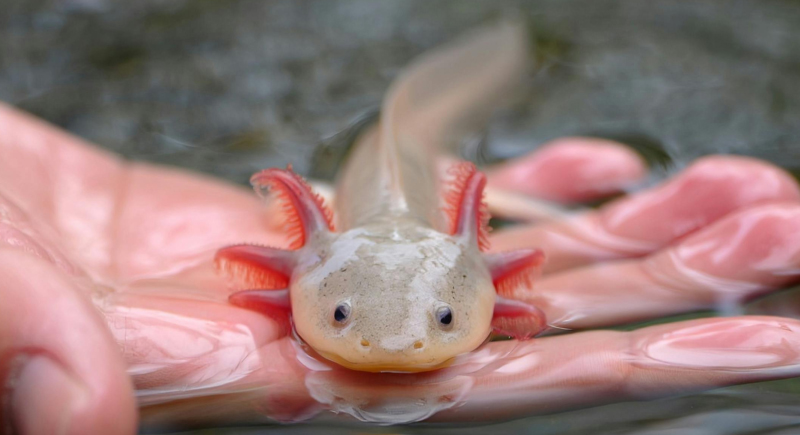
Credit: pexels
This amphibian tops nearly every regeneration list, and for good reason. Axolotls can regrow limbs, spinal cords, portions of their hearts, and even eyes, repeatedly and without scarring. They do this through dedifferentiation, turning mature tissue back into flexible cells that form new structures. And unlike most animals, it repeats this trick over and over without leaving a scar.
Planarian Flatworm
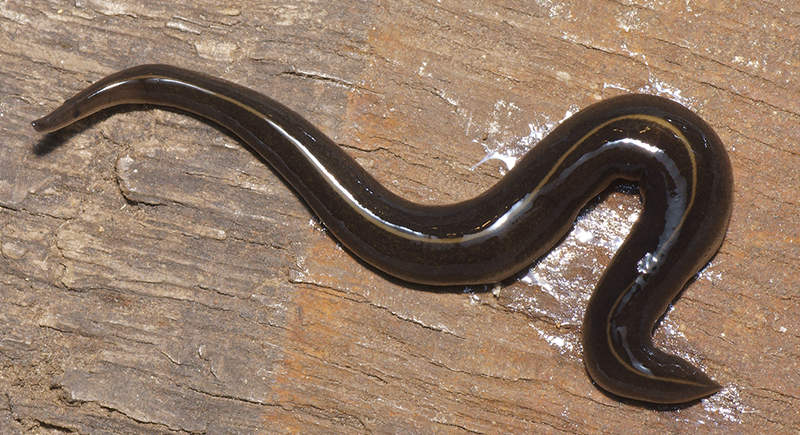
Credit: Wikimedia Commons
Chop it up, and each piece carries on like nothing happened. A scrap as small as a pinhead can turn into a whole worm, brain and all. Their bodies are dense with stem cells that don’t need much coaxing. Some scientists believe these flatworms might even pass memories to their regenerated selves.
Hydra
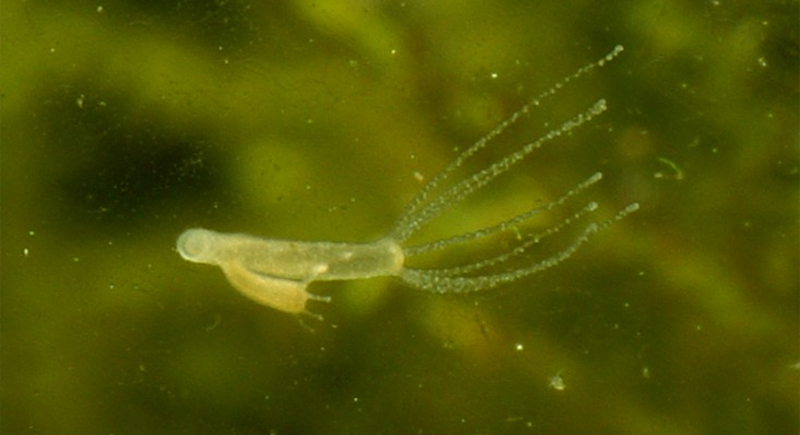
Credit: Wikimedia Commons
Hydras have no interest in aging. They regenerate constantly and replace old cells like it’s a game. Even a small tissue fragment can rebuild the entire animal. They’ve become science’s go-to model for studying continuous self-renewal, and their refusal to age might just be more than a coincidence.
Sea Star
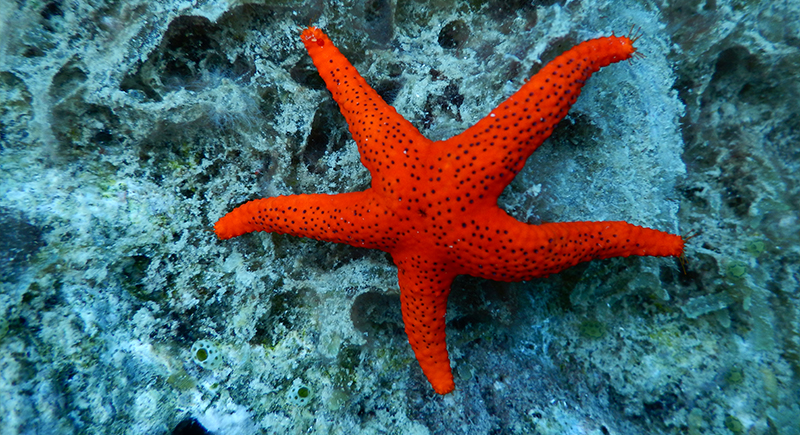
Credit: Wikimedia Commons
Sea stars don’t just regrow arms, but they can grow whole bodies from a single limb, as long as part of the central disc is present. Some species can also reproduce asexually by splitting through the central disc, with each half regenerating the missing parts. Their decentralized organ structure makes this process possible, which is why sea stars play such an important role in regeneration research.
Zebrafish
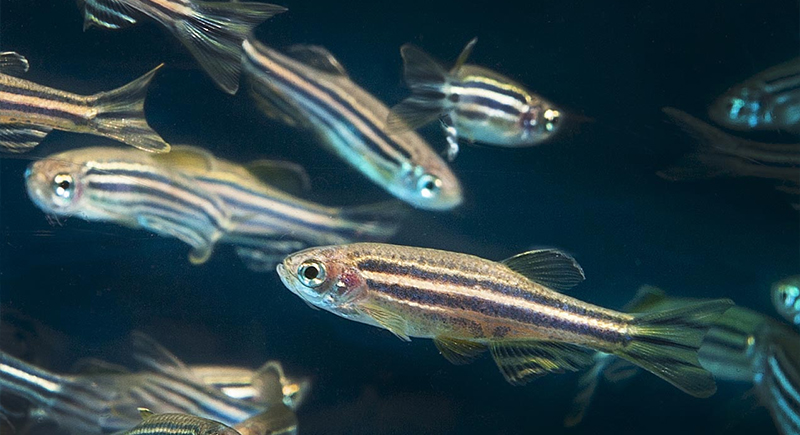
Credit: Wikimedia Commons
In labs, zebrafish are practically regeneration celebrities. Their spinal cord, heart, retina, and even parts of the brain all grow back. And each body part does it its own way. Some lean on stem cells, others reboot like amphibians do. Researchers love their brain repair abilities for clues about treating neurological damage in humans.
Spiny Mouse
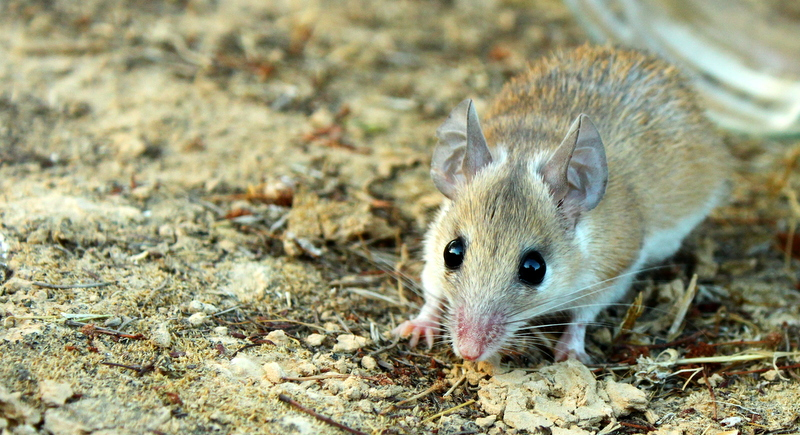
Credit: Wikimedia Commons
It is one of the few mammals capable of regeneration. The African spiny mouse can regrow skin, fur, sweat glands, and even cartilage with little to no scarring. Their skin is designed to tear easily and grow back fast—likely a survival strategy. Studying them could lead to breakthroughs in human wound healing and scar reduction.
Salamander
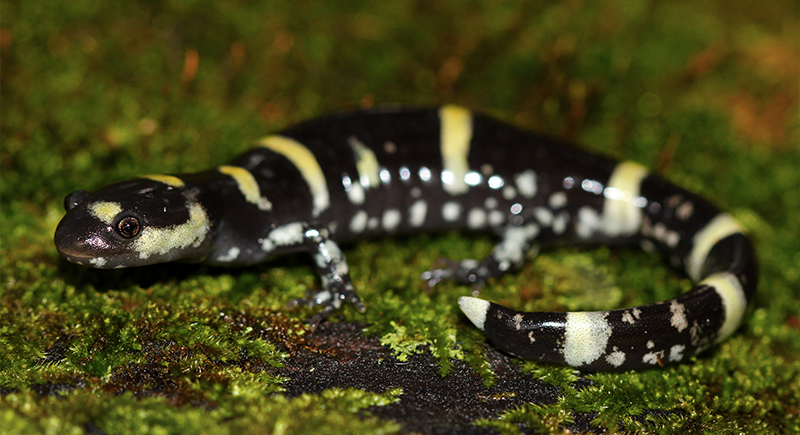
Credit: Wikimedia Commons
After losing a body part, the surrounding cells of a salamander revert into a less specialized state and form a blastema—a clump of cells that becomes new tissue. No wonder they can regrow complex structures like limbs, tail tips, jaws, and even heart tissue. Their success rate and structural accuracy make them key players in regenerative biology.
Sea Cucumber
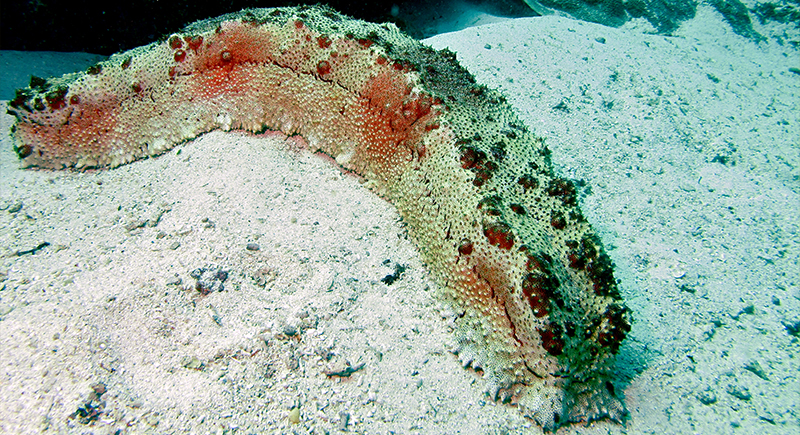
Credit: Wikimedia Commons
Threatened sea cucumbers eject their internal organs to distract predators, then regenerate them over weeks. The process starts at both ends of the digestive tract and meets in the middle. While extreme, this ability helps them survive frequent predator encounters. Some species even regenerate respiratory systems alongside their gut.
Hydractinia
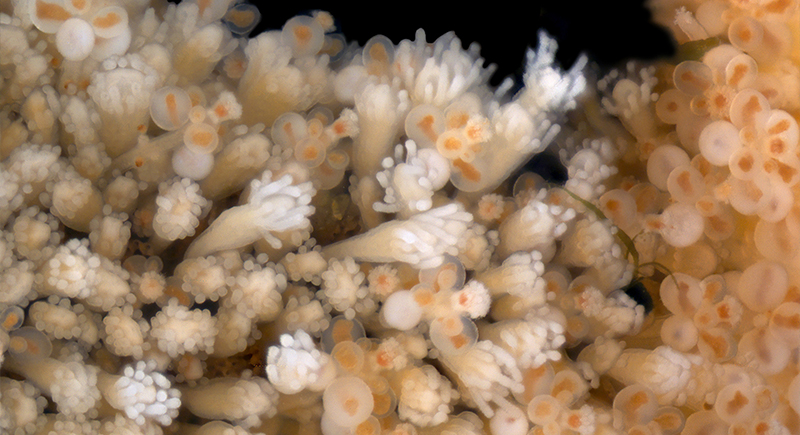
Credit: Wikimedia Commons
Tiny and often mistaken for sea fuzz, Hydractinia lives on snail shells but pulls off big feats. It can regenerate its head, including a nerve structure resembling a brain. Its stem cells stay perpetually youthful, ready to rebuild anything. Researchers now use it to study how nerve repair might work in complex animals.
Lizard
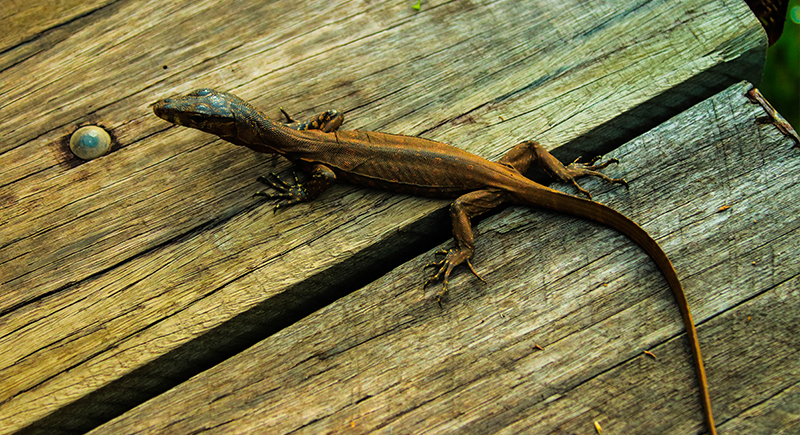
Credit: Wikimedia Commons
Many lizards can drop their tails to escape predators, then regrow them over several weeks. The replacement tail often contains cartilage instead of bone and lacks the original’s full muscle and nerve structure. Still, the regrowth is functional and shows how even vertebrates with skeletons can regenerate when evolution demands it.
Deer
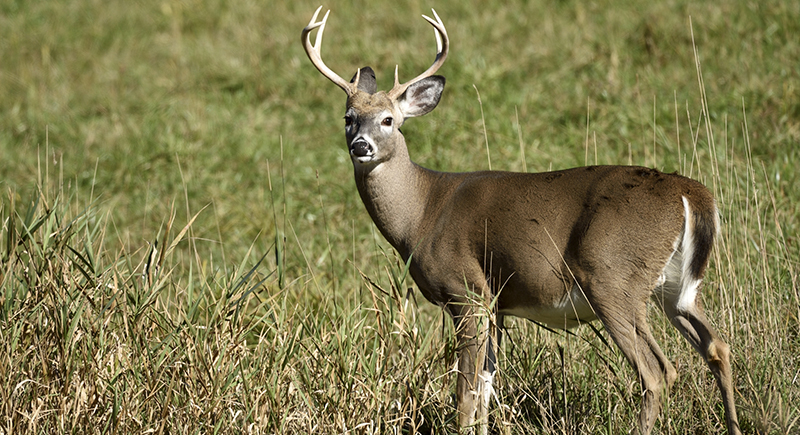
Credit: Wikimedia Commons
Each year, male deer regrow their antlers, which is one of the fastest-growing tissues in any mammal. The process is fueled by stem cells from the neural crest and results in a fully formed structure of cartilage and bone. Though not quite a limb, it’s the closest mammals get to organ-level regeneration in adulthood.
Sea Squirt

Credit: Wikimedia Commons
Sea squirts don’t look like much, but they can rebuild an entire body from the pieces. When injured, they switch on genes that drive cell division and reshuffle their tissues into a functioning animal. Because they share a lineage with vertebrates, researchers study them closely to see how those genetic pathways connect to our own.
Sponge
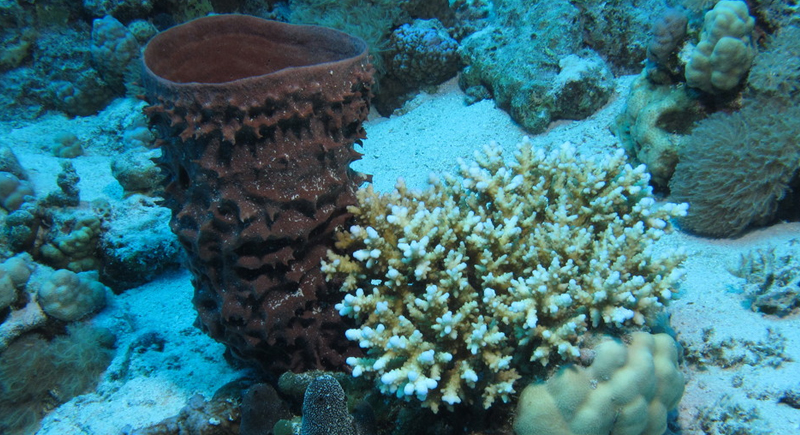
Credit: Wikimedia Commons
You can literally blend a sponge into single cells, and they’ll still find each other and regroup into a full sponge. This ability lets them survive rough seas, predators, and accidental splits. For something so simple, their survival strategy is surprisingly effective.
Mexican Tetra
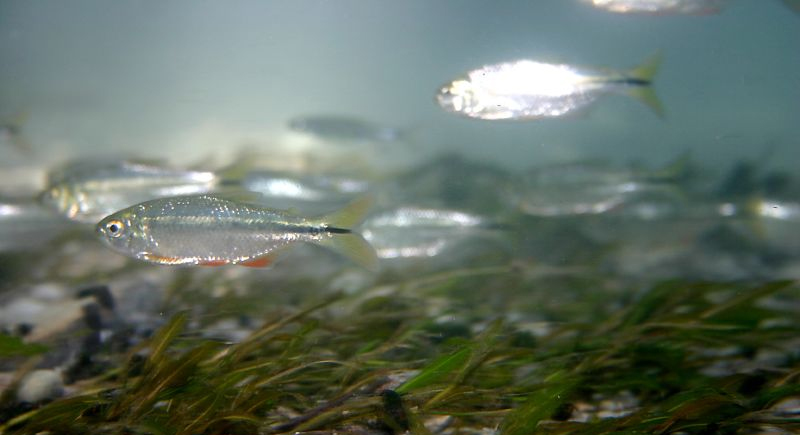
Credit: Wikimedia Commons
Mexican tetras come in two forms. The surface fish can repair damaged heart tissue without leaving scar tissue. The cave-dwelling variety cannot, and their hearts scar much like a human’s. Scientists compare the two populations to see which genes keep regeneration active in one but shut it down in the other, hoping the contrast points to better ways of healing the human heart.
Cockroach
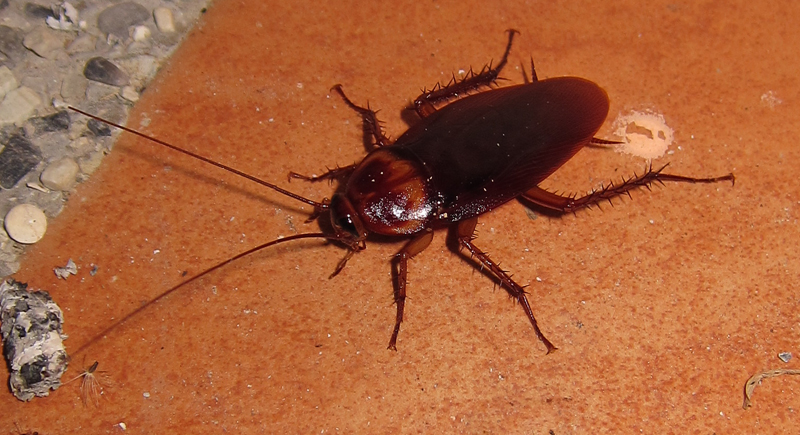
Credit: Wikimedia Commons
Say what you will, but cockroaches know how to bounce back. If they lose a leg, they’ll rebuild it if you wait a few molts. While the regrown parts may not be identical, the regeneration process is fast and functional.